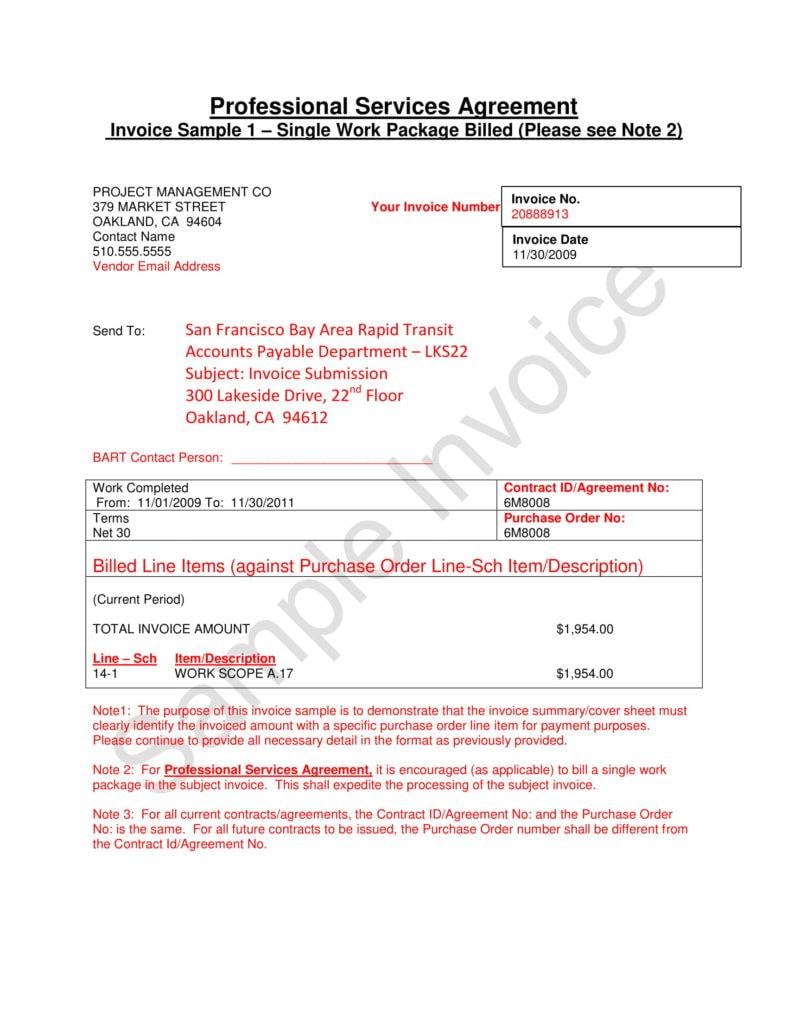
What is a retainer fee?Ī retainer fee is an amount of money paid upfront to “retain” the services of consultants, lawyers, etc. This discourages drawn-out projects because it places a ceiling on the costs that can be recouped. Time and materials contracts should be carefully negotiated to establish labor costs, material markups, and what counts as billable and non-billable work.Ī client may even ask for a “not-to-exceed” clause that places a cap on what the contractor can charge. On the other hand, a contractor building out the extension in your home has many costs to consider - a great deal of which are not known from the outset. This business is not subject to the fluctuating costs of materials or other variables.

Meanwhile, a time and materials contract allows contractors and the like to recoup expenses associated with carrying out the project or task when the outcome and exact costs are not immediately clear.įor example, an accounting firm may charge a fixed price of $200 to prepare your taxes each year.

A fixed pricing structure is ideal for organizations that carry out work that is not subject to the changing price of materials or labor. time and materials contractsįixed pricing and time and materials contracts are two very different methods of billing.
#INVOICE PROFESSIONAL SERVICES PLUS#
A time and materials contract would cover the cost of materials and other overhead, plus the cost of labor.įixed pricing vs.

It distributes the fee amount across the project life cycle instead of receiving payment after the outcome is delivered.Ī time and materials contract may best serve businesses and clients whose expenses are subject to a number of variables like supply and equipment costs. Milestone billing is a model that triggers payment once certain project milestones have been reached. A daily rate is similar in nature, however, instead of being paid for hourly work, a consultant in this scenario is paid a fixed day rate. This is ideal for projects with very few fluctuating costs.Īs its name suggests, an hourly rate can be billed to a client based on the time spent carrying out the requested work or consulting services. If the parties involved agree that the total cost of the project will be $2,000, then that is the amount that will be paid upon completion. It is billing based on an agreed-upon fee. Some examples of popular billing models include:įixed price billing is perhaps the most straightforward way to bill a client. What works for an IT firm may not work for an accounting firm, which is why it is important to choose a billing model that suits the nature of the work being carried out. Further readingīilling for professional services is not a “one size fits all” endeavor. In this section, we’ll cover different billing models, tracking billable hours, invoicing clients, and how Wrike can help make billing for professional services a more streamlined and efficient process.
#INVOICE PROFESSIONAL SERVICES SOFTWARE#
The right method of time tracking is also important because it helps ensure that firms do not leave money on the table by underreporting billable work.Īn efficient software solution should streamline time tracking and introduce automation for repetitive or time-consuming tasks. The right billing structure, methods of time tracking, and payment terms can help companies avoid customer churn, as can good professional services billing software. This is because of the differences in the nature of their work. For instance, a marketing firm will likely have a different billing structure in place than a legal services organization or an architecture firm. Not every professional services company will bill clients in the exact same way. Over a third of respondents in the same Wrike survey said it took them two to three hours a week to track billable hours, while 10% said it took them four hours or more per week. Billing can be inefficient and time-consuming. But it’s not always a straightforward or even simple process.

It’s how companies get paid for the work they do on behalf of their customers and clients. Wrike’s 2019 “Professional Services Work Benchmark” report revealed that 17% of firms surveyed identified “confusing billing or activity tracking” as the number one reason for customer churn.īilling is an important undertaking for any business. Professional services organizations face a number of challenges - from poor resource allocation to inefficient workflows and processes.


 0 kommentar(er)
0 kommentar(er)
